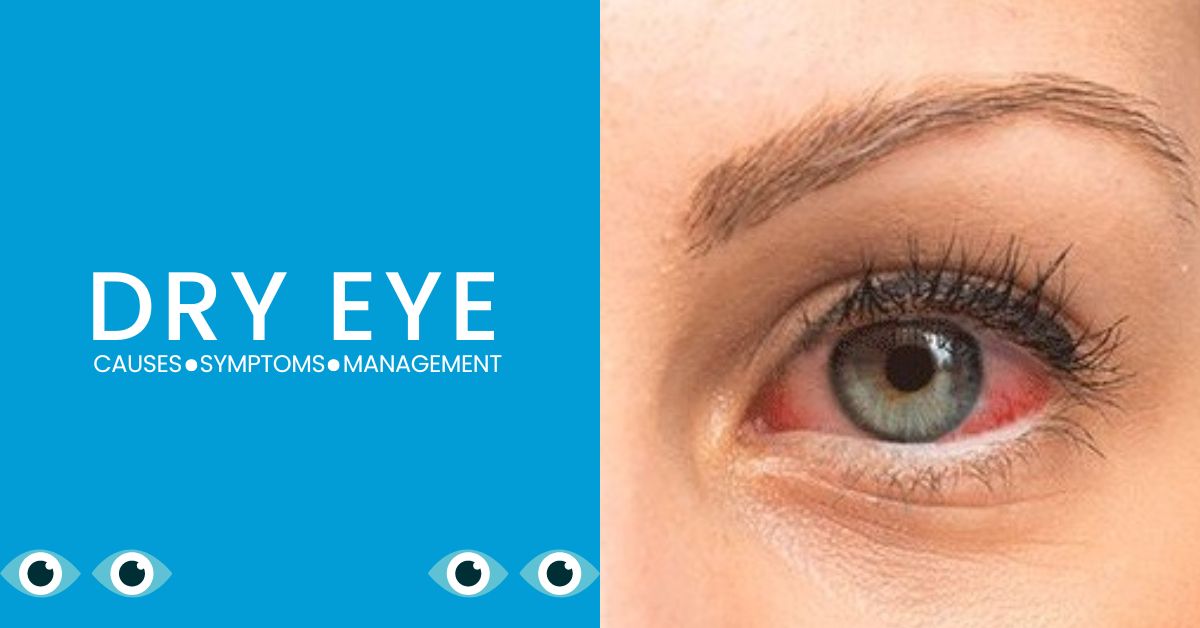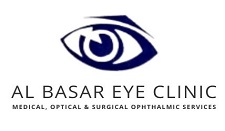
Behind the twinkling beauty of our eyes lies a silent struggle that affects millions: Dry Eye, a condition that demands our attention and understanding.
Dry eye is a common eye condition that affects millions of people worldwide. It occurs when there is insufficient moisture or lubrication on the surface of the eyes, leading to discomfort and potential damage to the ocular tissues. By understanding this condition, individuals can recognize the signs, seek appropriate care, and find relief from dry eye symptoms.
The Anatomy of Tears and Tear Film
To understand dry eye, it is important to grasp the role of tears and the tear film. Tears consist of three main components: a watery layer that provides moisture, an oil layer that prevents evaporation, and a mucous layer that helps spread tears evenly across the ocular surface. The tear film covers the front of the eye, ensuring proper lubrication and protecting the eyes from irritants.
Image Source: Tear Film – American Academy of Ophthalmology

Causes and Risk Factors of Dry Eye
Several factors can contribute to the development of dry eye:
- Age: As we age, tear production tends to decrease, making older adults more prone to dry eye.
- Environmental Factors: Dry or windy climates, air conditioning, and indoor heating can contribute to the evaporation of tears and exacerbate dry eye symptoms.
- Digital Device Usage: Prolonged use of smartphones, computers, and other digital devices can lead to reduced blinking, which, in turn, disrupts the natural distribution of tears.
- Hormonal Changes: Fluctuations in hormones, such as those experienced during menopause, can affect tear production and quality.
- Medications and Medical Conditions: Certain medications, including antihistamines, decongestants, and antidepressants, can cause dry eye as a side effect. Medical conditions such as diabetes, rheumatoid arthritis, and thyroid disorders are also associated with an increased risk of dry eye.
Symptoms of Dry Eye
The symptoms of dry eye can vary from mild to severe and may include:
- Persistent dryness or grittiness in the eyes
- Itching or burning sensations
- Redness and irritation
- Excessive tearing (as a result of the eyes trying to compensate for the dryness)
- Blurred vision or sensitivity to light
- Discomfort when wearing contact lenses
Management and Treatment of Dry Eye
While dry eye may be a chronic condition, several management strategies can provide relief and improve eye comfort:
- Artificial Tears: Over-the-counter lubricating eye drops, known as artificial tears, can help supplement natural tear production and alleviate dryness. There are various types available, so it may be helpful to consult with an eye care professional to find the most suitable option.
- Lifestyle Adjustments: Making small changes to your environment can have a significant impact on dry eye symptoms. Consider using a humidifier to add moisture to the air, taking regular breaks from digital devices, and avoiding smoky or dusty environments.
- Eye Protection: When outdoors or in windy conditions, wearing sunglasses or protective eyewear can shield the eyes from irritants and reduce tear evaporation.
- Prescription Medications: In some cases, an eye care professional may prescribe medications such as anti-inflammatory eye drops to manage underlying inflammation associated with dry eye.
- Advanced Treatment Options: For severe cases of dry eye, advanced treatments like punctal plugs (tiny devices inserted into the tear ducts to block drainage) may be recommended.
When to Seek Professional Help
If you experience persistent or worsening dry eye symptoms that affect your daily life or vision, it is essential to seek professional help from an eye care specialist. They can accurately diagnose the condition and provide appropriate treatment options. Additionally, it is crucial to consult with a professional if you notice any of the following:
- Severe Discomfort: If your dry eye symptoms are severe and significantly impact your quality of life, such as interfering with work, leisure activities, or sleep, it is important to seek immediate professional assistance. They can evaluate the severity of your condition and recommend advanced treatment options tailored to your specific needs.
- Changes in Vision: If you experience changes in your vision, such as sudden blurry vision, difficulty focusing, or double vision, along with dry eye symptoms, it could indicate an underlying issue that requires attention. Seeking prompt medical care can help identify any potential complications and ensure appropriate management.
- Persistent Symptoms: If you have tried self-care measures, such as artificial tears and lifestyle adjustments, but your symptoms persist or worsen over time, consulting with an eye care professional is necessary. They can evaluate the underlying causes of your dry eye and recommend personalized treatment plans to address your specific needs.
- Contact Lens Discomfort: If you wear contact lenses and experience ongoing discomfort, redness, or dryness while wearing them, it is crucial to consult with an eye care specialist. They can assess the fit of your contact lenses, recommend alternative lens options, or suggest strategies to improve lens comfort and eye lubrication.
Finally….
Dry eye is a common condition that can cause discomfort and impact your overall well-being. Understanding the causes, symptoms, and management strategies is crucial in finding relief and maintaining good eye health. By incorporating lifestyle adjustments, using lubricating eye drops, and seeking professional help when needed, individuals can effectively manage dry eye and improve their eye comfort. Remember, regular eye exams and open communication with your eye care professional are essential in maintaining optimal eye health and addressing any concerns related to dry eye or other eye conditions.
